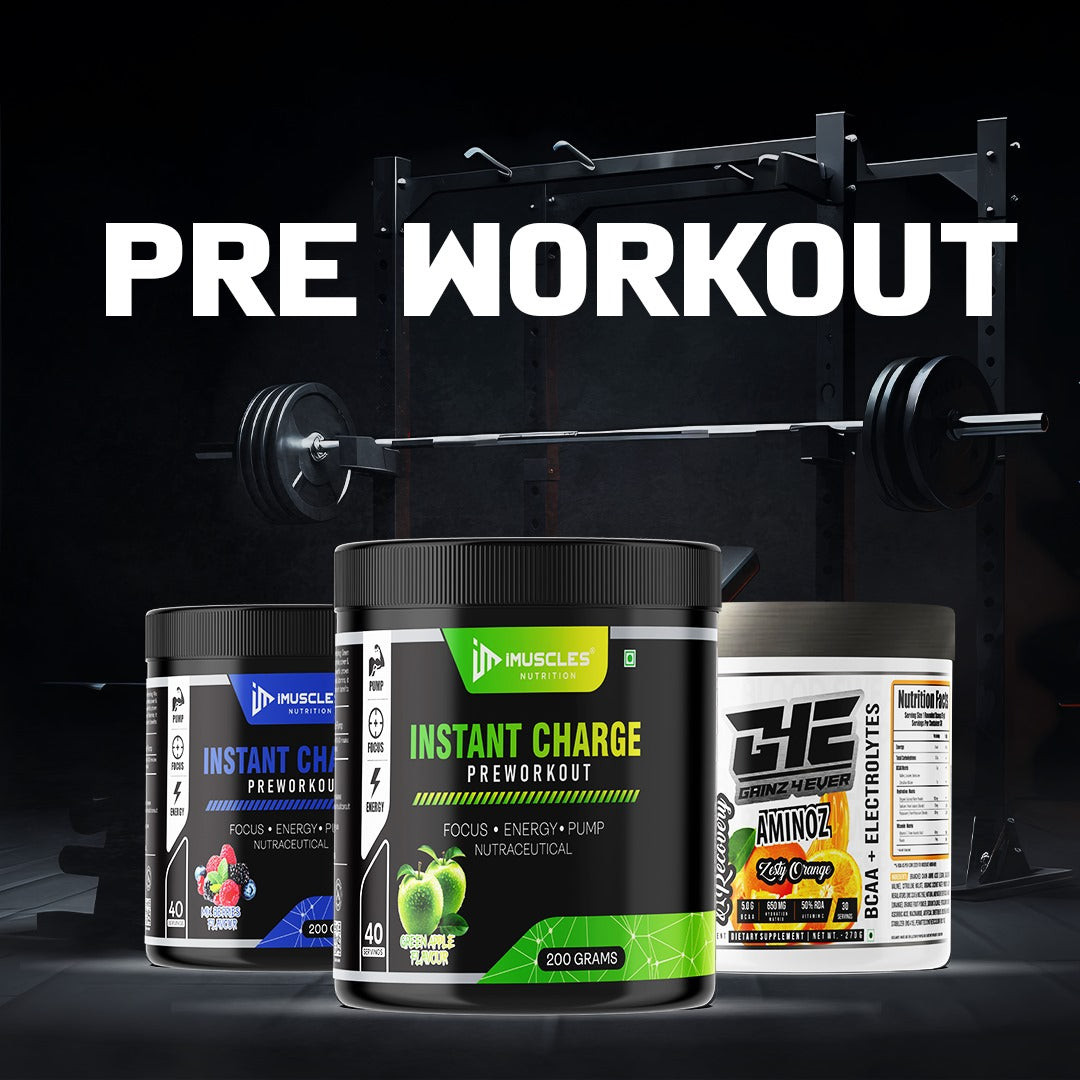
Is Your Cardio Routine Secretly Sabotaging Your Muscle Growth?
iMuscles Nutrition
In the pursuit of a lean, muscular physique, many fitness enthusiasts incorporate cardiovascular exercise to burn fat and improve heart health. However, there's a growing concern: could your cardio routine be undermining your muscle-building efforts? This comprehensive guide delves into the science of cardio's effects on muscle growth, offering evidence-based insights to help you optimize your fitness regimen.
Understanding Muscle Growth and Cardio
The Basics of Muscle Hypertrophy
Muscle hypertrophy—the increase in muscle size—occurs when muscle fibers sustain microtears during resistance training. The repair process, fueled by adequate nutrition and rest, leads to muscle growth. Key factors influencing hypertrophy include:
- Progressive Overload: Gradually increasing resistance to challenge muscles.
- Nutrition: Sufficient protein intake to support muscle repair.
- Recovery: Adequate rest to allow muscle repair and growth.
The Role of Cardiovascular Exercise
Cardiovascular exercise, encompassing activities like running, cycling, and swimming, primarily enhances heart and lung efficiency. While beneficial for overall health, excessive cardio can have unintended consequences on muscle development.
The Interference Effect: Cardio vs. Strength Training
What Is the Interference Effect?
The interference effect refers to the phenomenon where concurrent endurance and resistance training impede strength and muscle gains. Studies have shown that performing both types of exercise, especially within the same session, can lead to:
- Reduced Muscle Protein Synthesis: Endurance exercise may suppress the body's ability to build muscle proteins.
- Altered Hormonal Responses: Intense cardio can elevate cortisol levels, a catabolic hormone that may hinder muscle repair.
- Decreased Glycogen Stores: Prolonged cardio sessions deplete muscle glycogen, reducing energy availability for strength training.
Research Insights
A systematic review published in Sports Medicine found that concurrent training could attenuate muscle fiber hypertrophy compared to resistance training alone. The study highlighted that the interference effect was more pronounced when aerobic training involved running rather than cycling .
Optimizing Your Routine: Balancing Cardio and Strength Training
1. Prioritize Strength Training
To maximize muscle growth, prioritize resistance training sessions. Aim for 3–4 sessions per week focusing on compound movements like squats, deadlifts, and bench presses.
2. Schedule Cardio Wisely
If incorporating cardio, consider the following strategies:
- Separate Sessions: Perform cardio and strength training on different days to minimize interference.
- Timing Matters: If combined in a single session, complete strength training before cardio to ensure maximum energy for lifting.
- Limit Intensity and Duration: Opt for moderate-intensity cardio sessions lasting 20–30 minutes to reduce potential negative impacts on muscle growth.
3. Nutrition and Recovery
Support your training with proper nutrition and recovery:
- Protein Intake: Consume 1.6–2.2 grams of protein per kilogram of body weight daily to facilitate muscle repair.
- Carbohydrates: Ensure adequate carbohydrate intake to replenish glycogen stores depleted during cardio.
- Rest: Aim for 7–9 hours of quality sleep per night to promote optimal recovery.
Cardio's Potential Benefits for Muscle Growth
While excessive cardio can hinder muscle development, moderate amounts can be beneficial:
- Enhanced Recovery: Low-intensity cardio can increase blood flow, aiding in nutrient delivery and waste removal from muscles.
- Improved Cardiovascular Health: A healthy heart supports overall fitness and endurance, indirectly benefiting strength training performance.
- Fat Loss: Cardio helps reduce body fat percentage, making muscle definition more apparent.
Conclusion
Cardiovascular exercise offers numerous health benefits, but when it comes to building muscle, balance is key. By understanding the interplay between cardio and strength training, you can design a workout routine that supports both heart health and muscle growth. Prioritize strength training, schedule cardio wisely, and support your efforts with proper nutrition and recovery to achieve optimal results.
Frequently Asked Questions (FAQ)
Q1: Can I build muscle while doing cardio?
A1: Yes, but it's essential to balance cardio with strength training. Excessive cardio can hinder muscle growth, so prioritize resistance exercises and schedule cardio sessions appropriately.
Q2: How much cardio is too much for muscle growth?
A2: Engaging in more than 150 minutes of moderate-intensity or 75 minutes of high-intensity cardio per week may interfere with muscle development. Adjust based on your individual goals and recovery capacity.
Q3: Should I do cardio before or after weightlifting?
A3: If combining both, perform strength training first to ensure maximum energy for lifting. Follow with cardio if desired, but avoid high-intensity sessions that could impede recovery.
Q4: Can low-intensity cardio benefit muscle growth?
A4: Yes, low-intensity cardio can enhance recovery by increasing blood flow without significantly impacting muscle protein synthesis.
Q5: How can I optimize my routine for both muscle growth and cardiovascular health?
A5: Incorporate 3–4 strength training sessions per week, 1–2 low to moderate-intensity cardio sessions, prioritize nutrition and sleep, and listen to your body's recovery needs.

